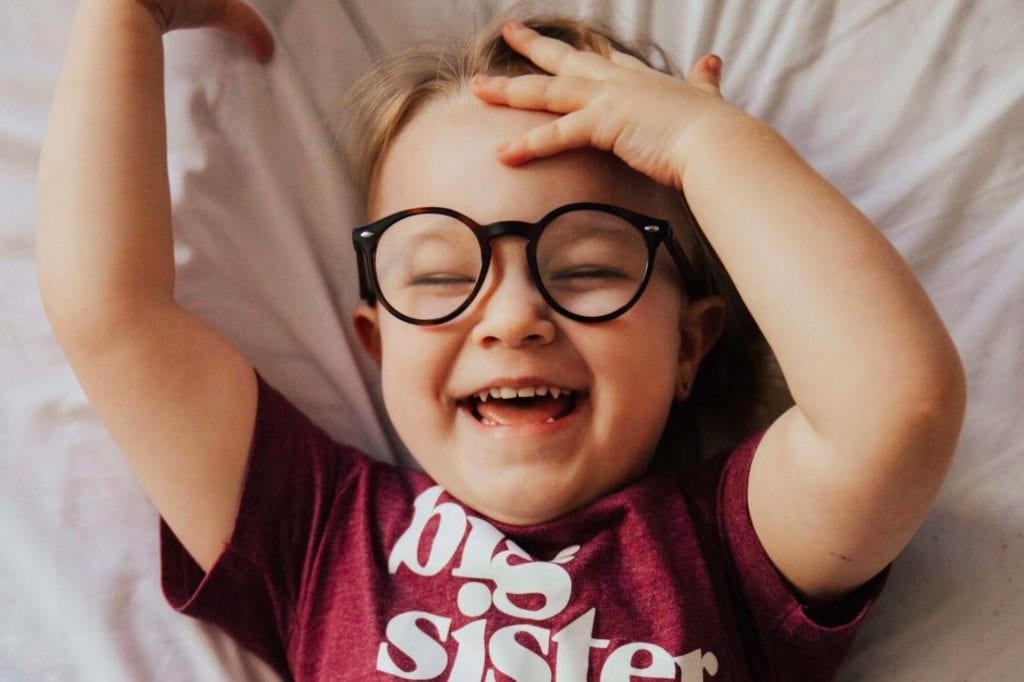How Can I Prevent My Child’s Nearsightedness?


August 11, 2021
How can I prevent or slow my child’s nearsightedness?
A World Health Organization (WHO) report from 2015 https://www.who.int/blindness/causes/MyopiaReportforWeb.pdf#12 describes an alarming increase in the percentage of people who are nearsighted, and the increasing degree of nearsightedness (myopia) throughout the world. This has many parents asking: “How can I prevent or slow my child’s nearsightedness?”
Recently, a bifocal contact lens was approved for children that has been shown to decrease the progression of nearsightedness. Although we might not be able to completely prevent our children from becoming nearsighted, we may not be as helpless as we have been historically.
In a study from the Ohio State University, a three-year study of 300 children who wore a bifocal contact lens showed a 43% decrease in the progression of nearsightedness.
From the WHO Report:
“Many clinicians believed that by under-correcting nearsighted prescriptions they might slow it down. The evidence does not support this idea; in fact, the opposite appears to be true, and that under-correction is associated with a higher rate of progression of myopia.”
• Some initial published evidence indicates that time spent outdoors can delay the onset and perhaps reduce the progression of myopia. If this is proved through more studies to be correct, it will add beneficial eye care to the list of other health-promoting outdoor activities (e.g. reduction of childhood obesity through exercise, exposure to sunlight for vitamin D production, games for socialization).
• There is published evidence that excessive near-work increases the risk of nearsightedness (myopia).
• There is published evidence that multifocal spectacles can slightly reduce the rate of progress of myopia; executive bifocal lenses are associated with substantially larger reductions.
• Specially designed contact lenses that reduce peripheral hyperopia and/or create significant myopic defocus can slow the progress of myopia.
• Orthokeratology (hard contacts that flatten the corneal curvature during sleep) can slow the progress of myopia, but overnight wear of contact lenses is associated with risks.
Slowing the progression of nearsightedness in children has long been a goal of many scientists in ophthalmology. It has been extremely difficult to figure out the reasons why some children progressed to extreme myopia and others do not. It may be a combination of environmental and genetic influences. The most widely accepted current theory is that number of hours outdoors may be a significant part. The difficulty races in part from the mini different activities and geographic locations, heredity, and diet etc. that may influence myopic progression.
As researchers come up with new hypotheses and test treatments, there may be increasing hope for our children that they develop less nearsightedness and suffer less. The problems that arise from severe nearsightedness are many. Glaucoma, cataracts, retinal detachment, pathologic myopic progression are all things that are more likely to happen in severely nearsighted people. Treatment of nearsightedness has improved, but prevention of it would be even better. Lasik PRK, ICL, RLE, and IOL are all excellent choices to illuminate nearsightedness and astigmatism. Multifocal intraocular lens is now allowing people to see both distance and near vision perfectly without glasses. If you are interested in being one of those people who has excellent uncorrected distance and potentially near vision at the same time, contact us for your free comprehensive evaluation at: SharpeVision https://sharpe-vision.com

-Dr. Matthew Sharpe

Dr. Matthew R. Sharpe
